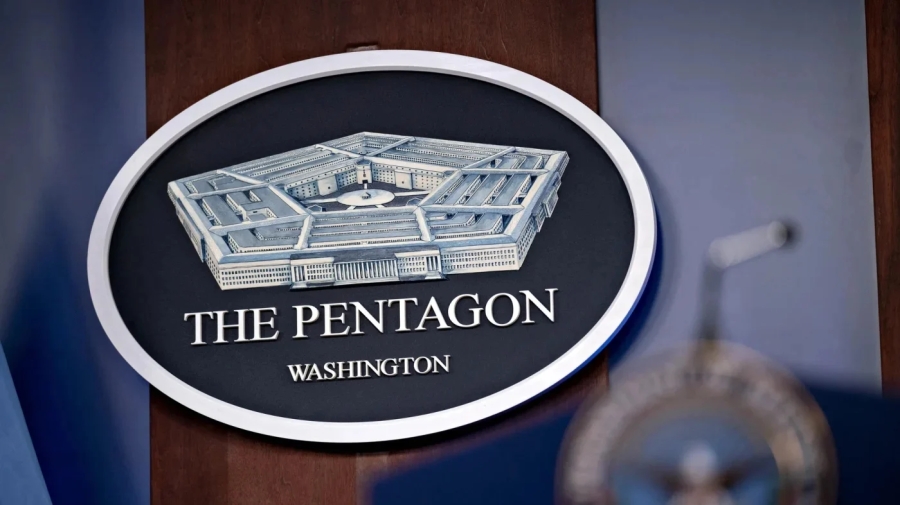The United States on Friday destroyed its last declared chemical weapon at a Kentucky munitions facility, Pentagon officials confirmed Monday. The destruction of the weapon, a rocket filled with GB nerve agent also known as sarin, ends a decades-long effort to clear out the deadly chemicals from U. S.
military stockpiles. Ahead of the rocket’s Friday destruction at Blue Grass Army Depot in Richmond, just south of Lexington, Ky. , defense personnel had dismantled more than 100,000 rounds of mustard and nerve agents — VX and sarin — at the location.
And on June 22, the military destroyed the last of more than 780,000 projectiles and mortars filled with mustard gas at a second chemical munitions destruction facility in Pueblo, Colo. “We are proud to announce that the final two chemical munitions destruction sites, Blue Grass Army Depot in Kentucky and the Army’s Pueblo Chemical Depot in Colorado, completed their operations,” Douglas Bush, Army assistant secretary, told reporters Monday. The White House on Friday first announced the end of the campaign to eliminate its chemical weapons stockpile which totaled more than 30,000 tons at its height at the end of the Cold War.
The milestone closes a chapter of U. S. warfare that first began during World War I, when the likes of chlorine, phosgene and mustard gas killed an estimated 100,000 people, according to the United Nations.
The U. N. says chemical weapons have since been responsible for at least 1 million casualties across the globe.
Use of the weapons was eventually banned by the Geneva Convention, but countries continued to stockpile the deadly toxins until the Chemical Weapons Convention. The agreement, which took effect in 1997 and was signed by 193 countries, called for the destruction of the weapons. Washington had a Sept.
30 deadline to destroy the final of its chemical weapons under the agreement. On Monday defense officials revealed it had taken more than a decade to destroy the last 10 percent of U. S.
chemical weapons. “By January 2012, nearly 90 percent of these weapons were eliminated. Destroying the remainder pose a greater challenge because it involved the more complicated approach of neutralizing these munitions chemicals,” Bush said.
The lengthy process made the United States the treaty’s last participating country to finish its chemical weapons elimination, but officials said that was due to a congressionally mandated rule to get rid of the toxins using a more environmentally friendly alternative to incineration. “This was dangerous work. These weapons were not designed to be taken apart.
They had to be painstakingly disassembled in reverse,” said Kingston Reif, the deputy assistant secretary of defense for threat reduction and arms control. In the meantime, the United States also aided the likes of Russia, Libya, Syria and Albania to get rid of their chemical stockpiles, officials said. Mallory Stewart, the assistant secretary for the Bureau of Arms Control Verification and Compliance at the State Department, said even though Washington has helped Moscow eliminate its chemicals, there are concerns that both Russia and China have undeclared stocks that remain.
“We have questions about some of the destruction of China’s stockpile. We also have concerns, specifically, with respect to the undeclared chemical weapons that Russia is maintaining,” Stewart said. Still, even as the destruction of the U.
S. weapons is complete, there is still “much more work to do,” said Michael Abaie, who oversaw the Pentagon’s chemical disposal program. That work includes decontamination and demolishment of the Kentucky and Colorado sites over the next two to three years, with the cleaning and closure of the facilities expected to cost $2 billion to $3 billion, according to officials.
In addition, “the threat posed by the possession, development and use of chemical weapons still exists and requires our continued focus,” said Stewart. .
From: thehill
URL: https://thehill.com/policy/defense/4089820-us-destroys-last-of-its-chemical-weapons-ending-decades-long-effort/



